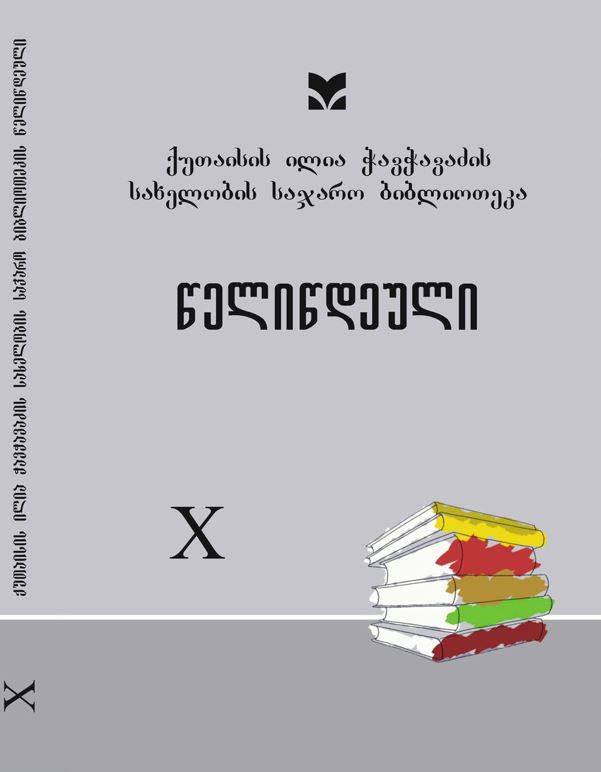Jews in Kutaisi
Abstract
There are no ancient notes about immigration of Jews in Kutaisi, the first informational document mentioning Jews living on Mtsvanekvavila territory is the book donated to Gelati cathedral by Gelati Metropolitan Zakaria Kvariani in 1644. It reads “ Pitchkhadze Daniel a jew”. Important notes regarding the population of the next period can be found in documents kept in the state historical museum of Kutaisi, also in the work of Swiss traveler and researcher, Prof. Diubua de Monpere “travel in the Caucasus”.
In terms of social belonging, the first jews from Kutaisi were: the pheasants of king and church. From XIX when economic and trading and craftsmanship became widespread in the city, jews from Akhaltsikhe, Oni, Lailashi, Kartli immigrated with large numbers. The main field of their occupation was trading. Unlike the poor traders residing in Kutaisi and its surroundings, the rich merchants had good connections with European states, they used to sell a large number of local goods outside the country and import the foreign goods.
In terms of trading relations, from the end of the XIX century “secret trading language” was born among Kutaisi Jews. The function of this conditional language was keeping the trading secret. This slang based language called “Kivruli” was used by the Jew population of Kutaisi as well as non-Jew part, in particular, certain circles of youngsters from the middle of the XX century. Slang was produced by adding Georgian prefix on the old Jewish root.
Rising socio-economic and cultural levels of Kutaisi resident Jews started from the 20-30s of the XX century on the background of the antireligious campaign held by the communist party and soviet state, when the intention of the internalization of Jews and killing creative mind among them was vivid. Instead, the old population of the city always had goodwill and a wish for auspicious relations.
Despite good relations with Georgians and living with the same cultural surroundings, Jews retained their ethnic-religious traditions. Celebrations of Kutaisi Jews were the following: Rossana, Kifuri, Osayana, Simkhattora, Khanuka, Furimi, Agata, Komori, Sabuioti, Fesakhi. From their habits, we must remark: gomeli, refua, writing “geti,” Surviving from “koenoba”, “sitting on tora,” tradition of “adolescence”, etc.
Until the 70s of the XX century, before big Jewish Alia, Shaumiani street ( present day Gaponovi street) and its surrounding districts were compactly resided by Jews.




